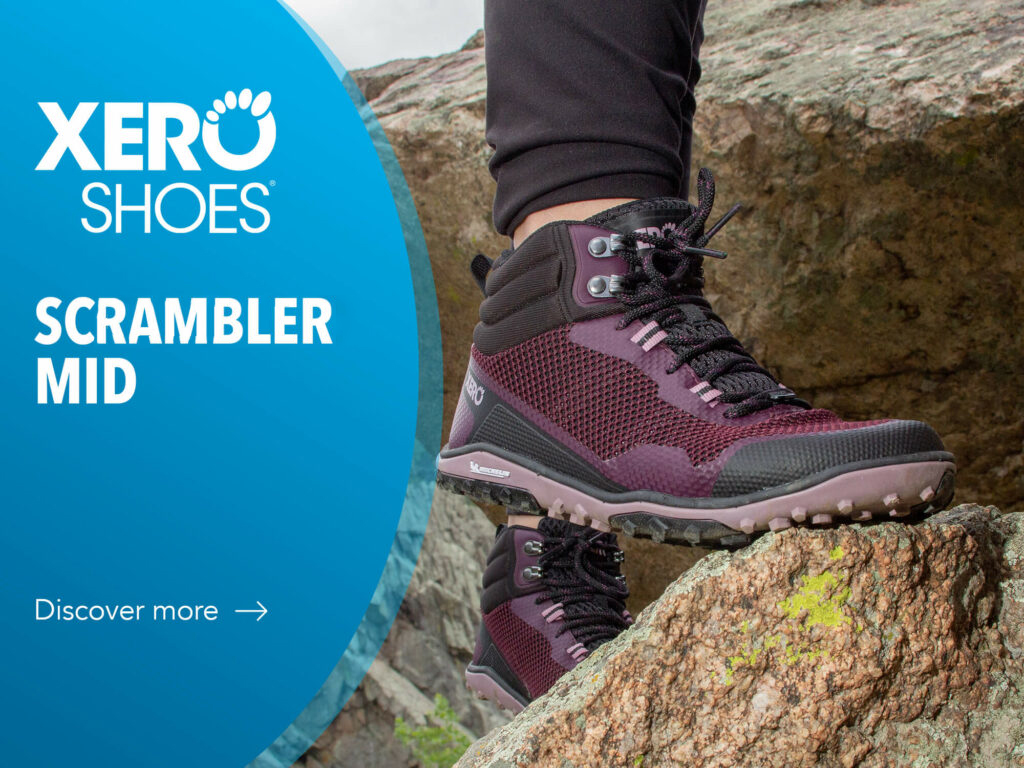Did you think that needle and thread were tools exclusive to tailors and that only making a dress required sewing machines? Not so, even shoes (and soles) can involve the use of stitches, even very special ones, and sometimes innovative sewing machines. This is the only way, in fact, to make impeccably constructed models that are strong, durable and comfortable. And, as we shall see, closer to the environment.
Today we are accustomed to shoes that join the sole and upper thanks to adhesives or through an injection process that involves threading the upper part of the shoe (the upper) into a mold into which liquid or foamy plastic material is injected, which once solidified forms the sole.
We know that glues for footwear existed as far back as the Paleolithic period, as well as among the Egyptians, Greeks and Romans – although the true mastic for shoemakers arose following World War II, as a derivation of discoveries made in the military.

So, if we have been talking about glues since the dawn of time, why use seams for soles? Because a seam ensures a better, firmer and longer-lasting shoe hold, it does not “lock” the upper, leaving it more flexible and comfortable, and most importantly, it allows the shoe to enjoy a longer life because the sole, when ruined, can be unstitched and replaced.
If you are getting the idea that a sole can be sewn one way, abandon it. There are many types of stitching, so many that we are not going to exhaust them all in these few lines. Here we will look at just a few of them, the ones most used even by the sporting world. Let’s insert the thread in the buttonhole and start.
Strobel

The Stroblel construction involves stitching the upper to a very thin and light insole going to form a kind of pouch, which is connected to a sole, called a box because it has walls that rise vertically to the upper, by stitching. The stitches remain clearly visible from the outside. Given the use of a very lightweight insole, these models are often combined with other soft and comfortable insoles.
Because the Strobel construction provides the shoe with a light level of flex and torsion as well as lightness, it is often used in the sports world.
A clear, if quite original, example of this type of stitched construction can be found in the reinterpretation of the iconic Stan Smiths made last year by Craig Green in collaboration with adidas originals: the CG Scuba Phormar.

A model on which we can clearly see the stitching that runs the entire profile of the sole.
Blake

This type of construction also provides great flexibility and lightness to the models, similar to the Strobel. In this case, however, the upper is connected directly to the sole by a seam that remains invisible because it is positioned below the sole. Fan fact: It was an employee of Singer, the well-known sewing machine brand, who invented this process in 1858.
He achieved the result of making it much more democratic to fit a stitched shoe (at the time with a leather sole). Today it is often combined with a rubber sole, which makes the models extremely flexible. Obviously, compared to the constructions we will see below, durability and waterproofing are on a lower level, but the look is more elegant.

Norwegian

This is a very famous (but rather rare) type of shoe construction. Originating in Italy, and derived from the Goodyear we will meet soon after, it fields a new element beyond the upper, insole and inter-sole: the welt. A leather (now also rubber or plastic) welt that runs along the high profile of the sole and to which, in this case, two different seams are applied. One joins the welt itself to the upper/lining and mounting insole. The other the welt to the sole.
The upper and the welt rib bend toward the outside of the shoe instead of curving inward as in typical Goodyear construction. This results in a more waterproof shoe, perfect for boots and sturdier country shoes. Another difference is the seams. In Norwegian construction there are at least two visible outer stitches. This solid and flexible fitting technique makes the shoe waterproof and resuable.

Don’t ask why it is called Norwegian – it seems no one knows and with the northern European country it seems to have nothing to do.
Goodyear

Here is the queen of stitched constructions, from which the Norwegian version mentioned above is derived. Aesthetically it is more refined while retaining an excellent degree of solidity. The Goodyear stitching connects the welt to the upper and mounting footbed, with one substantial difference from the Norwegian: the welt is threaded inside out and then turned inside out so that the stitching is invisible.
Another seam, however, this one visible, connects the welt to the sole. In the space that remains between the insole and the sole, a porous, breathable material is inserted: the most commonly used is cork, but EVA is also popular today. The shoe, thus constructed, is solid and flexible. It too provides protection from water and it as well is resuable over and over again.
Stitching synonymous with sustainability
It was said at the beginning that a stitched construction helps a shoe to be more sustainable towards the environment.
There are 3 main reasons why this statement is true: stitched models are initially more durable, and therefore last longer; once the sole has worn out, they allow it to be changed, as opposed to glued, injected or vulcanized models, without the rest of the shoe being affected; when stitching is not used in conjunction with adhesives, the models are easier to disassemble and recycle, as well as less harmful to those who produce them.
With these very considerations in mind, the Speedland brand has created its top-of-the-line SL:HSV model, which combines many cutting-edge technologies and quality materials: the Michelin sole that ensures grip even on wet terrain; the BOA closure system that offers a perfect fit; and the Dyneema moccasin stitching, a particularly durable synthetic fiber.

It is precisely this last detail that brings us to the sustainable distinctiveness of this footwear, which uses a stitched construction development usually used for formal models, such as the moccasin, to assemble a technical shoe that can be easily disassembled and resole for superior durability.
Technology and inventions
We have talked about Goodyear stitching, the origin of the name of which, unlike Norwegian construction, is well known. To us, today, the name Goo dyear brings to mind tires, but in fact the two Charles of the Goodyear family (father and son), in the mid-nineteenth century, did much for the shoe world.
The senior invented, for example, the process of vulcanizing rubber with which, today as then, many pairs of shoes are made. The junior, on the other hand, invented the very Goodyear method, patented in 1869, which enabled the industrial-level production of high-quality shoes much more quickly and at a very low cost.

A true revolution made possible by the development of innovative machinery and technology. Even today, many technology companies are still trying their hand at developing new solutions that improve and automate the 150-year-old insight. Because it takes more than just a simple sewing machine to accomplish the processes we have been talking about, but real, specially designed tools. Proof of how making footwear is a work of ingenuity that involves many professional skills and is characterized by a considerable level of innovation.
You may also be interested in the following articles:

How many ways can you lace a shoe? (part 1)
Let’s talk about how to get the perfect fit with shoe fasteners other than the classic string. Magnets, Velcro, casters and zippers, and other very innovative systems.

Can an insole make a shoe more environmentally friendly?
Ortholite, a leading international supplier of insoles, is convinced of this and is offering more and more sustainable lines in its catalog.

Characteristics and differences of plastic materials for making soles
Discover the main types of plastic for soles













































